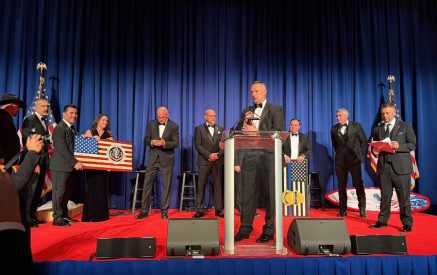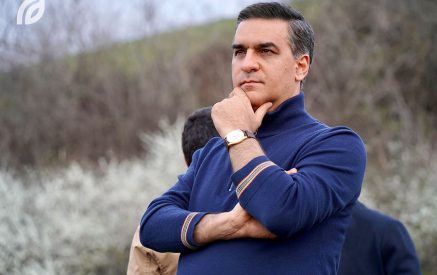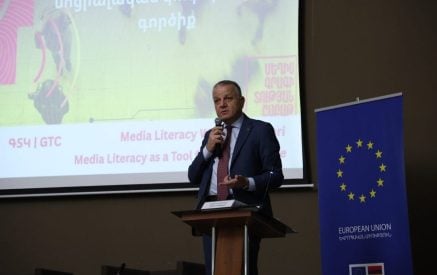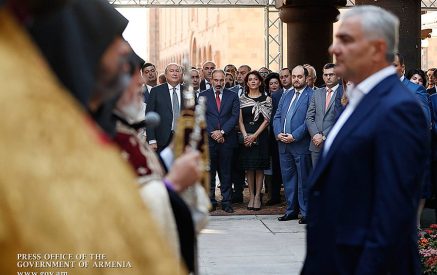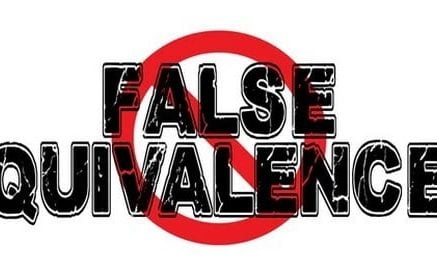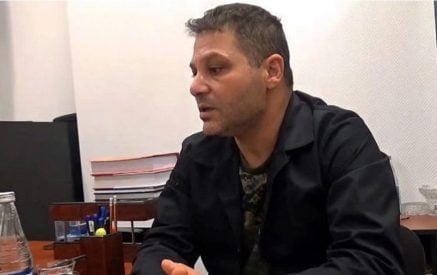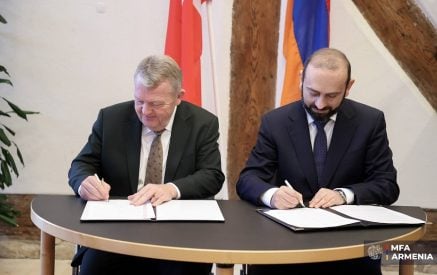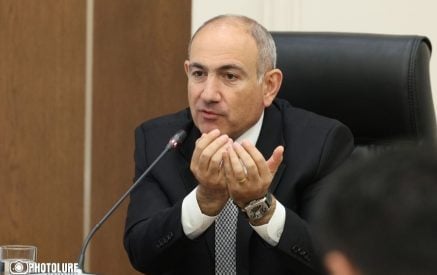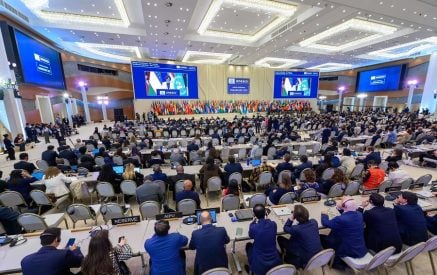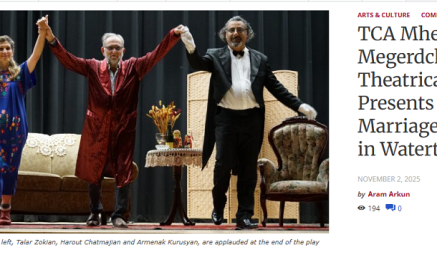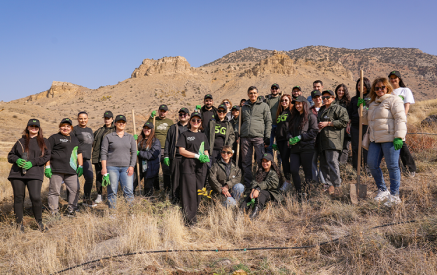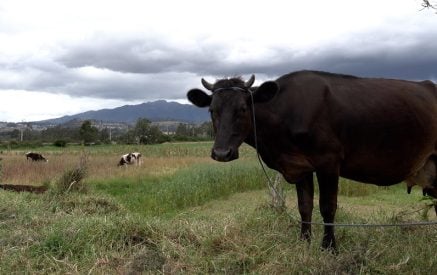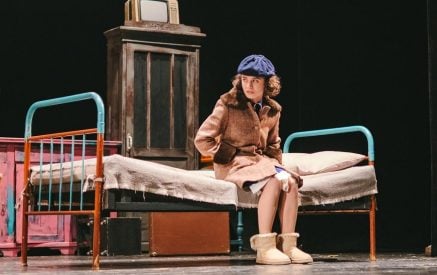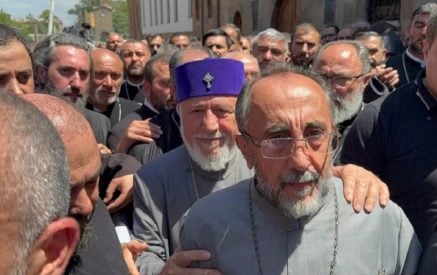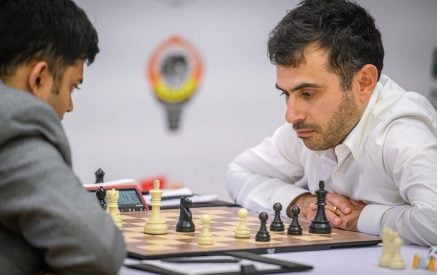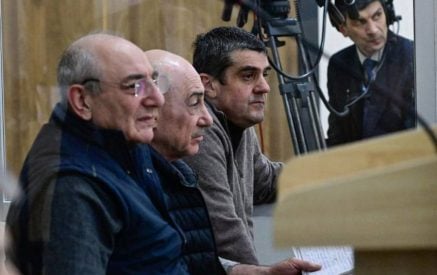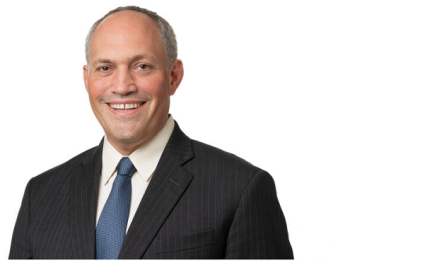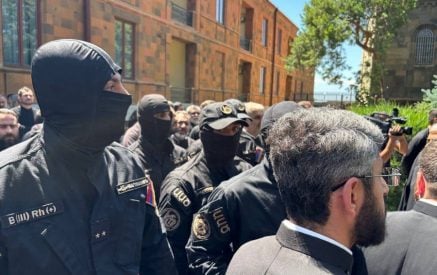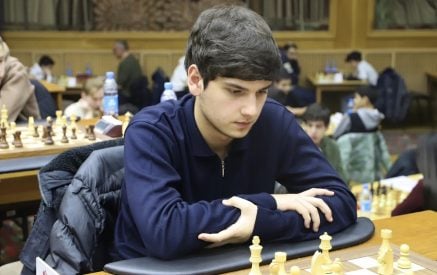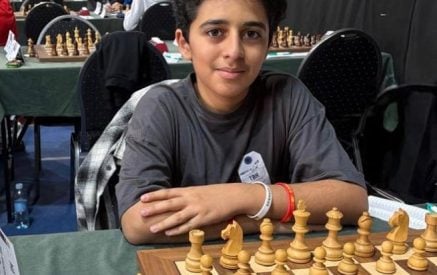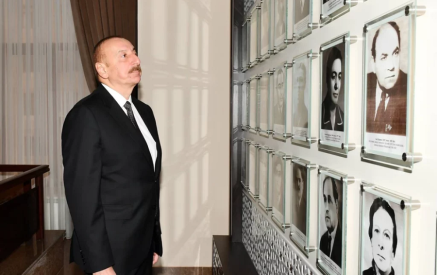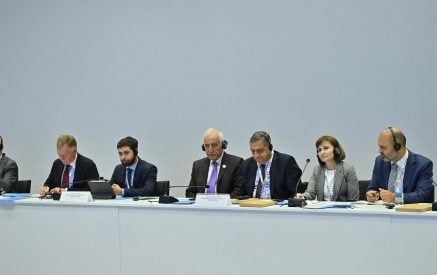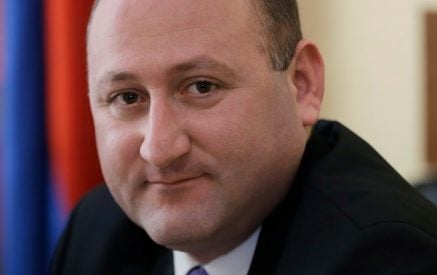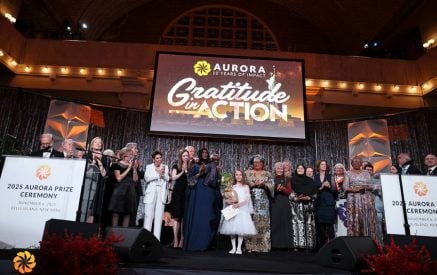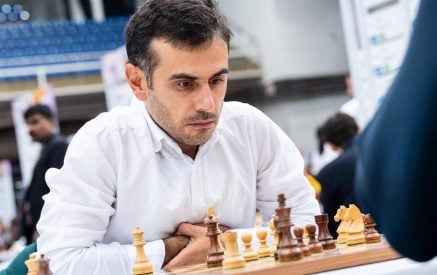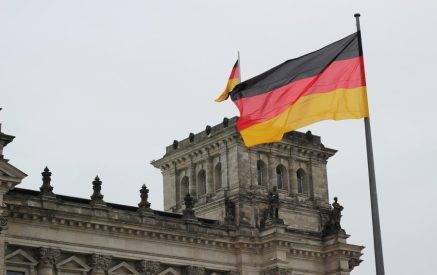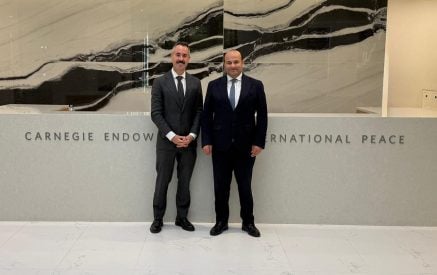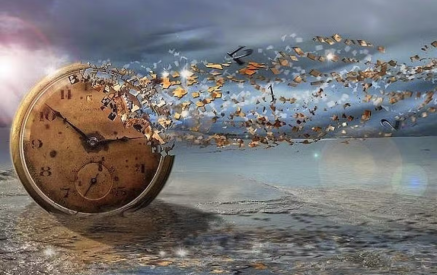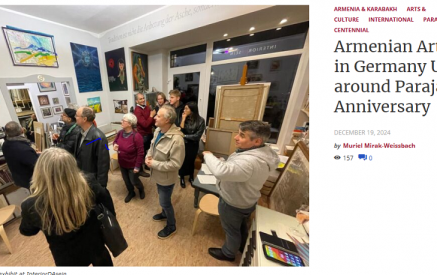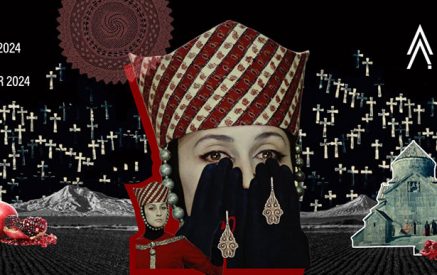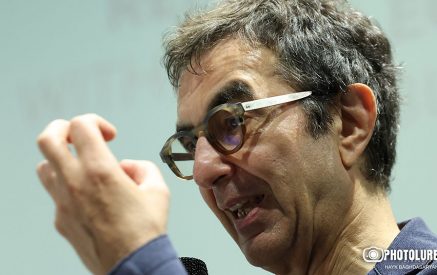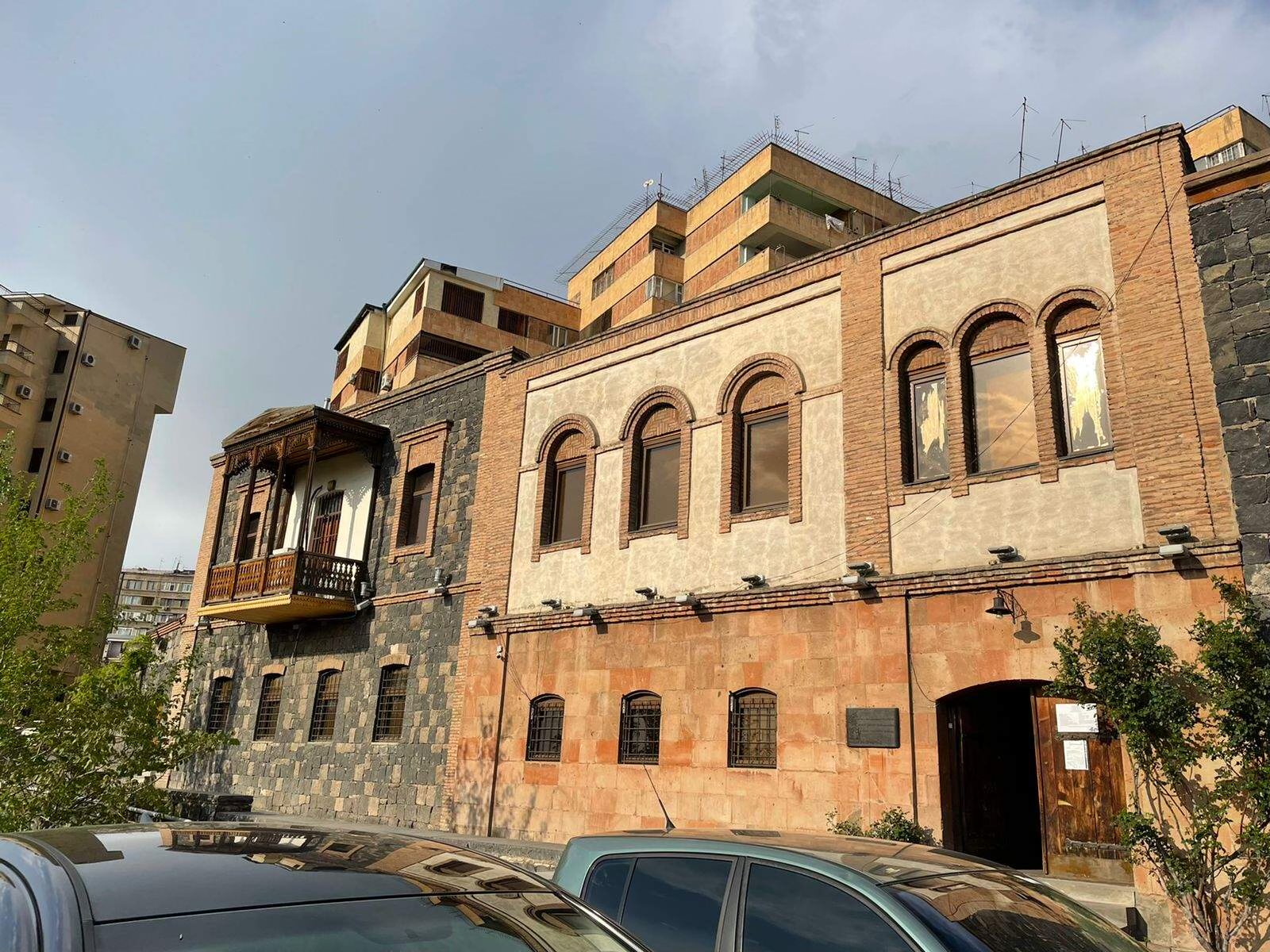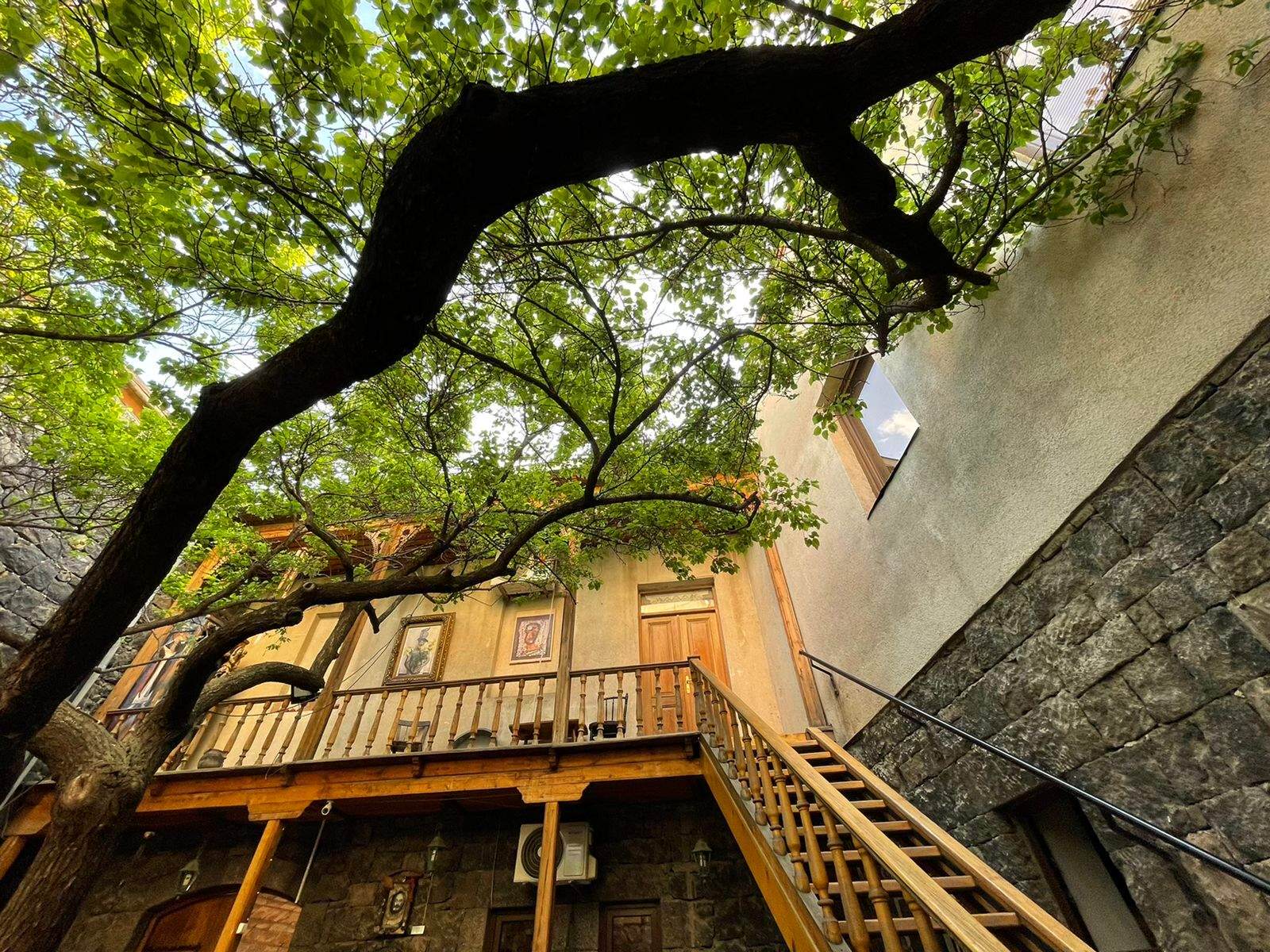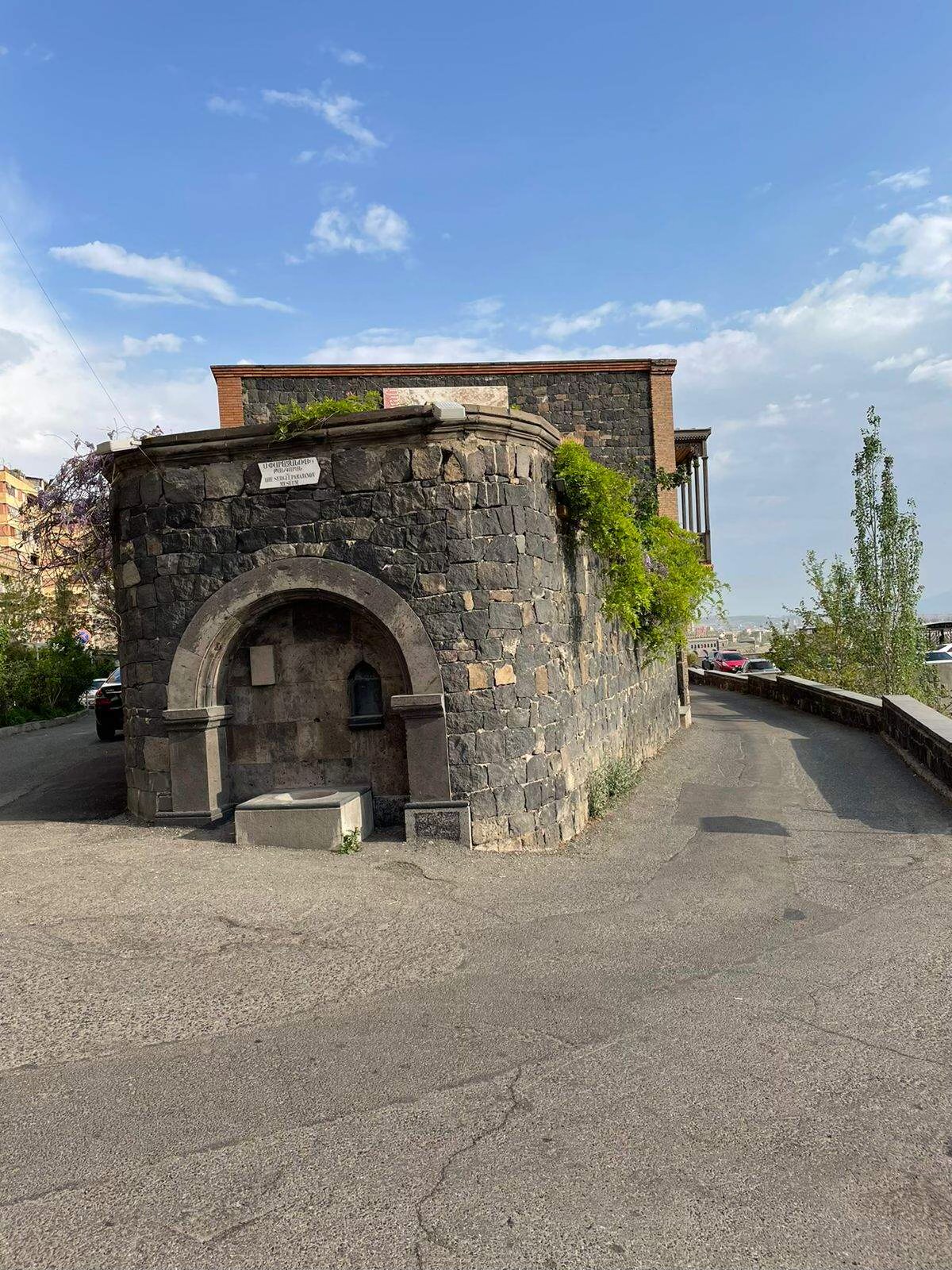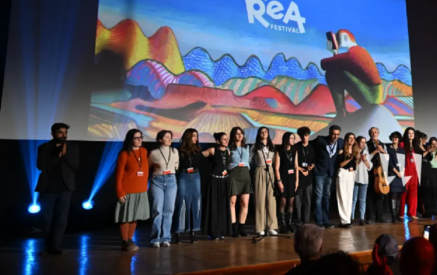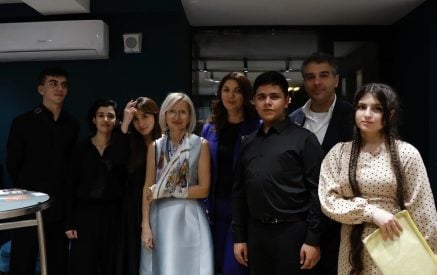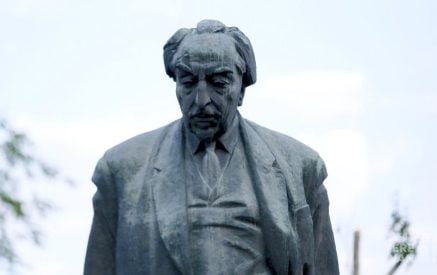Nestled on the cliffside of Dzoragyugh, a former district of historical Yerevan, stands the Sergei Parajanov Museum, a former workshop of a carpenter. But how did this marvelous museum, in dedication to a worldwide film icon, come to be? Designer and chief architect of the museum, Arshak Ghazaryan, lifts the veil to reveal the difficult journey to immortalize Parajanov’s artwork.
While initially striving to become a painter like his father, who instructed many of the great Armenian painters of the 20th century, Ghazaryan ended up falling in love with architecture and graduated from Yerevan State Polytechnic University in 1976 with a degree in the field.
Ghazaryan worked on many projects during his career as an architect. He worked in the ARMSTATE Project Institute, which took on a multitude of projects. In 1983 he became the chief architect for the Dzoragyugh Ethnographic District Project, which operated under the Department of Preservation and Restoration of Historical Monuments, the first of its kind in the Soviet Union. In the future, the Sergei Parajanov Museum would become part of the Dzoragyugh Ethnographic District Project.
Read also
In 1988, photographer and director of the Folk Art Museum, Zaven Sargsyan, who later became the director of the Sergei Parajanov Museum, brought Parajanov’s collection of collages from Tbilisi, Georgia to Yerevan. These collages were created by Parajanov during his imprisonment and were said to have saved his life while in captivity. An exhibition was created, and many Armenians and foreign visitors came to view it, including Ghazaryan.
Ghazaryan and many other artists like Sargsyan and Grigor Khanjyan believed in the necessity of a house-museum for Parajanov. After witnessing the exhibition at the Folk Art Museum, Ghazaryan came up with the idea of a site in the Dzoragyugh Ethnographic District.
Ghazaryan relayed this idea to Khanjyan, the informal advisor of fine art to Karen Demerdjian and the curator for the Dzoragyugh Ethnographic District Project. Khanjyan went to Demerdjian and requested that the cliffside building in Dzoragyugh, only half-built at the time, should be gifted to Parajanov as a house-museum.
“Demerdjian agreed, and the decision was made,” said Ghazaryan in a recent interview with the Weekly. “After that, Parajanov’s other artwork was brought from Tbilisi [to Yerevan] overnight. It was a major project. We were rushing for that building to be given to him because Parajanov was already sick.”
Parajanov was seriously ill with diabetes at the time, and his health was failing, often struggling to walk.
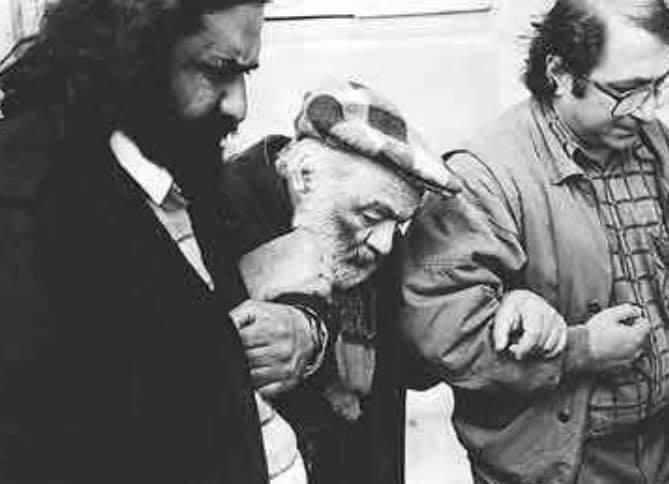
Architect Arshak Ghazaryan, filmmaker Sergei Parajanov and former Sergei Parajanov House-Museum director, Zaven Sargsyan pictured outside the work-in-progress museum. Photographer unknown.
Ghazaryan met Parajanov for the first time outside the future house-museum. Even though this was their first meeting in person, Ghazaryan felt as if he had met Parajanov long ago when he first watched Shadows of Forgotten Ancestors on television.
“My impression of him had already been formed 20 years ago when I was a teenager,” recalled Ghazaryan. “For me, he was a spring of pride, an Armenian and a great artist. The most important element was that even though he had done so much work and had so much knowledge, he had no arrogance whatsoever.”
Together, they toured the building as Ghazaryan explained the vision for the project: a space for an art studio, museum and living area.
“I was anxiously waiting to hear what he had to say. I asked, ‘What would you advise us to do better?’ He said, ‘Continue like this. Whatever you have done is good.’”
As construction got underway in 1988, the Karabakh movement had begun as well. After that, everything began to get complicated.
“But in every situation, Karen Demerdjian, Grigor Khanjyan and city hall were doing everything so that construction could continue. It was going very slowly. Then construction stopped, not because of the movement, but because there was a complaint written to Moscow by a nearby tenant.”
Complaints were issued that the building violated many codes and that it was disturbing those living nearby. This delayed construction until mid-1989, as Ghazaryan and his team worked to garner approval again and prove that they were, in fact, not in violation of any codes.
“We were rushing. We all understood that we had to be quick so that he could live there at least one day for it to become a house-museum.”
Everyone working on the project was in a hurry because in 1989, Parajanov had been diagnosed with lung cancer, and his health was rapidly declining. He underwent a pneumonectomy, a lung removal surgery, that same year in Moscow, but his condition unfortunately did not improve. Despite this, he was still active, even traveling to Germany in 1990 where he received an award and announced the creation of his house-museum and workshop.
On July 17, 1990, he returned to Yerevan extremely ill and was taken to the hospital.
“The last time I saw him was in the hospital. In three days, he died…on July 20,” shared Ghazaryan.
Parajanov was a beloved artist, filmmaker, director and a champion for artistic liberation. His artwork still continues to inspire the modern world and has even shaped pop culture in America. He never got to see the museum come into complete fruition and was never able to live in it. Thus, the museum is not considered a house-museum. The museum officially opened in the summer of 1991, a year after his death.
“Parajanov would go in and out of the museum during its construction,” said Ghazaryan. “His energy remained in the museum. That is why the museum lives on today.”
While talking about the final moments that he spent with Parajanov, Ghazaryan said, “We didn’t speak. We just looked at each other. Before he died, he kept saying over and over again ‘I will live in Dzoragyugh.’ I told him very quietly, ‘Dzoragyugh is waiting for you.’”


